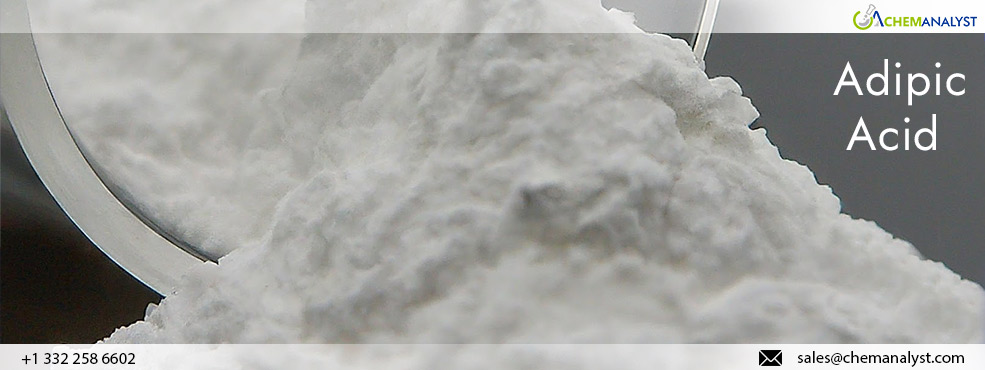Adipic Acid Prices in Europe decline Amid Weak Demand and Competitive Imports
- 23-May-2024 2:24 PM
- Journalist: Stella Fernandes
The European Adipic Acid market has experienced a bearish pricing trend over the past week, driven by a confluence of factors affecting both supply and demand dynamics. Despite a sufficient supply of Adipic Acid in the region, prices have continued to decline due to weak demand from key downstream sectors, including textiles and automotive industries. As a ripple effect, the cost of Adipic Acid depreciated by 6.5% in the European market on an FD Hamburg basis during the week ending 17th May 2024.
Asian suppliers have been particularly aggressive in the European market, offering Adipic Acid at discounted rates. This competitive pricing strategy is largely a response to weak local demand in Asia, prompting suppliers to seek more favourable export opportunities in Europe. Despite the rise in freight rates, these suppliers have been able to offer significant discounts, undercutting local European manufacturers.
The heightened competition from these Adipic Acid imports has put additional pressure on local manufacturers to adjust their pricing strategies. To retain market share, European producers have had to lower their prices, contributing to the overall bearish trend.
On the supply side, the European market remains well-stocked with Adipic Acid. Local manufacturers have maintained steady production rates, ensuring that there is no shortage of chemicals. However, this sufficient supply has not been matched by an equivalent demand, leading to an oversupplied market.
Additionally, the downstream Polyamide 66 (PA66) market has not moved much in the European market. The consumption of polyamide has declined in downstream sectors, reflecting broader trends of reduced industrial activity and lower manufacturing outputs. The textile industry, which is one of the primary consumers of nylon, has seen a slowdown in activity. This can be attributed to several macroeconomic factors, including reduced consumer spending and a sluggish recovery from previous economic downturns. Similarly, the automotive sector, another significant consumer of nylon 6,6, has not been able to ramp up production as expected, further dampening the demand for Adipic Acid.
According to ChemAnalyst, weak demand from key downstream sectors is unlikely to see a significant turnaround in the near term, particularly as economic conditions remain volatile. The continued influx of competitively priced imports of Adipic Acid from Asia will also keep local prices suppressed. The future direction of the market will depend on the recovery of key demand sectors and the ability of local producers to navigate the complexities of the global chemical market. In the longer term, the European Adipic Acid market will need to adapt to the ongoing challenges posed by global competition and fluctuating demand.



